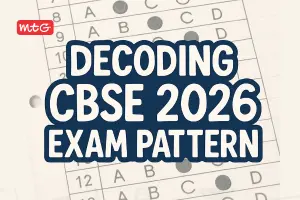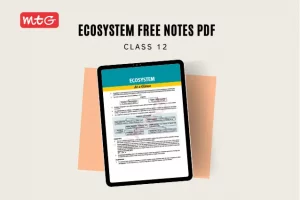
NCERT class 6 mathematics chapter 8 – “Decimals” teaches that the dot represents a decimal point. Students should practice multiple-choice questions (MCQs) to prepare for the objective questions that will be asked in the CBSE exams. For the CBSE exams, practice multiple-choice questions (MCQs) to prepare for the objective questions. We have offered Class 6 MCQ Questions on “Decimals” apart from offering comprehensive explanations. On many occasions, CBSE highlighted the role of MCQs as they play a major role in understanding the concepts thoroughly.
MCQs are quite different from subjective questions. Therefore, students should practice and understand how to find right answers in the MCQs. To revise the main concepts, students should practice all the MCQs with answers given. This will assist them in familiarizing with the kinds of questions that might appear in the board exams.
Previous – Fractions Class 6 MCQS With Answers
Topics covered in “Decimals”
- Tenths
- Representing Decimals on Number Line
- Fractions as Decimals
- Decimals as fractions
- Hundredths
- Comparing Decimals
- Using Decimals
- Money
- Length
- Weight
- Addition of Numbers with Decimals
- Subtraction of Decimals
Check complete class 6 Maths MCQ – Class 6 Mathematics MCQs with Answers
CBSE Class 6 Mathematics Decimals MCQs – PDF Download
Answers –
Check the updated Syllabus – CBSE Class 6 Maths Syllabus 2024-25
Summary for NCERT class 6 mathematics chapter 8 – “Decimals”
- To understand the parts of one whole (i.e. a unit) we represent a unit by a block.
- One block divided into 10 equal parts means each part is 1 10 (one-tenth) of a unit. It can be written as 0.1 in decimal notation. The dot represents the decimal point and it comes between the units place and the tenths place.
- Every fraction with denominator 10 can be written in decimal notation and vice-versa.
- One block divided into 100 equal parts means each part is ( ) 1 100 (one-hundredth) of a unit. It can be written as 0.01 in decimal notation.
- Every fraction with denominator 100 can be written in decimal notation and vice-versa.
- In the place value table, as we go from left to the right, the multiplying factor becomes 1/10 of the previous factor.
- All decimals can also be represented on a number line.
- Every decimal can be written as a fraction.
- Any two decimal numbers can be compared among themselves. The comparison can start with the whole part. If the whole parts are equal then the tenth parts can be compared and so on.
- Decimals are used in many ways in our lives. For example, in representing units of money, length and weight.






























